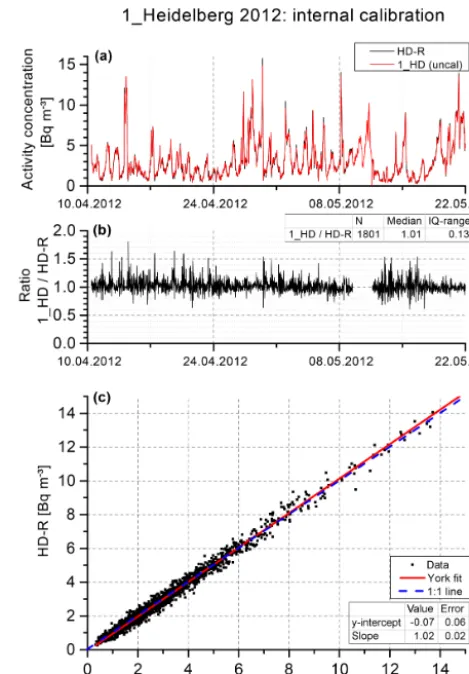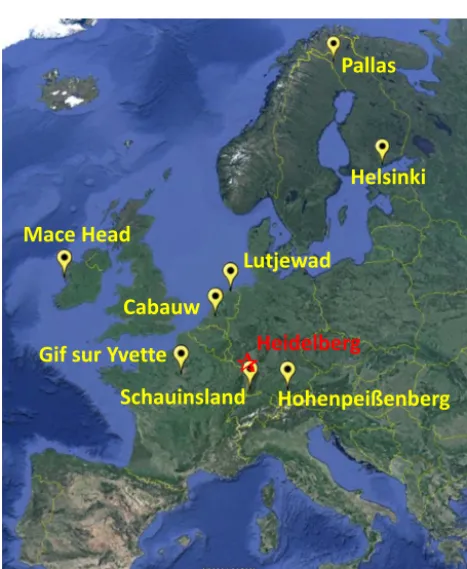A European-wide 222 radon and 222 radon progeny comparison study
Full text
Figure



Related documents
There is a consensus among stakeholders that one of the added values of a new EAP would be to address emerging threats to human health and the environment, which is an issue that has
Analytical validation information, including experimental data for the analytical procedures used for testing the drug substance, should be provided.. Information regarding
[r]
Three arguments are put forward in support of customizing to Open Source technologies: Lowering Total Cost of Ownership (TCO), special features, and Open Source code
The summarizing report includes initial test results (new filter), as well as curves indicating pressure drop, particle efficiency (0.4 µm) and arrestance for synthetic dust as
The regression lines for the significant β-weights of the Corsi Total Score Forward as a predictor of the egocentric variables Route Sequence Task (1A), Route
Teaching reciprocal imitation skills to young children with autism using a naturalistic behavioral approach: effects on language, pretend play and joint attention. An operant
Methods: Four HTIW were studied in saline solutions at pH 7.4 (representative of the extracellular environment) and 4.5 (representative of the intracellular conditions):